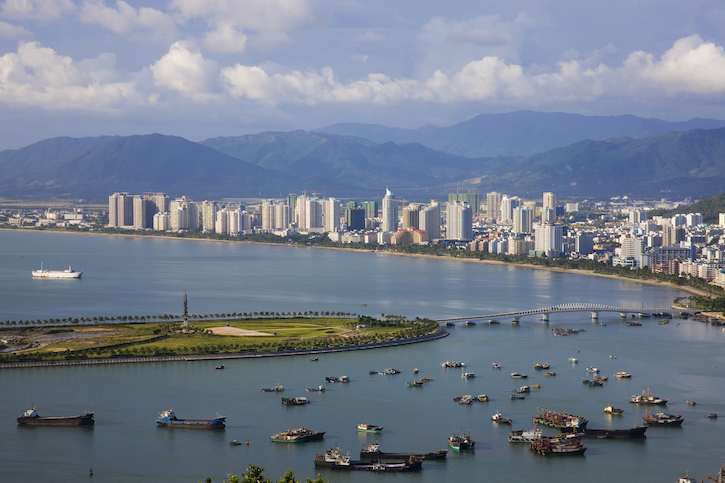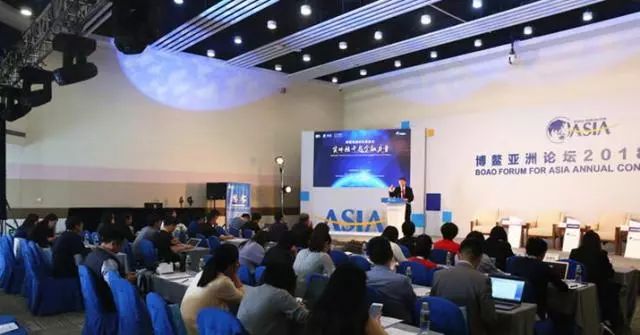
By Gracie Sun
Annually held in April in Hainan, this year’s Boao Forum for Asia (BFA), known as the “Davos Forum of China”, drew the spotlight more than ever before. The Forum underscored a number of significant Chinese messages to the world, ranging from intents to further increase market access to goals of accelerating green development. It is clear that Hainan Island is going to be the focal point of testing many of these new innovative ideas on green finance.
This year marks the 40th anniversary of China’s reform and opening up. At this historic juncture, and against the background of trade frictions between China and the U.S., President Xi Jinping attended and gave remarks to open the BFA. His keynote speech titled “Openness for Greater Prosperity, Innovation for a Better Future” outlined important gestures on expanding market access, creating a more attractive investment environment, strengthening intellectual property protection and actively expanding imports by further opening up industries such as finance, insurance and automobile manufacturing.
This BFA is the first international gathering following the 19th Party Congress (CPC) and thus the first platform to share goals from the meeting. In accordance with Xi’s green development goals announced at the 19th CPC, the BFA also attached great importance to accelerating green development and to promoting modernization that preserves the harmony between man and nature.

In his keynote address, Xi highlighted that “we should cultivate a green, low-carbon and sustainable development philosophy; respect, accommodate, and preserve natural ecology; and strengthen exchanges and cooperation in such areas as climate change, environmental protection, energy conservation and emission reduction.”
Thirdly, this year also marks the 30th anniversary of the establishment of Hainan as a province and its special economic zone. Shen Xiaoming, Governor of Hainan, said at the BFA, “climate change is exerting ever larger impact on island economies, and Hainan is taking active measures to tackle the challenges brought about by climate change. It has always followed a path of green and low-carbon development, and is ready to strengthen cooperation with island nations and regions to share experience and practices in ecological conservation and environmental protection.”
As part of Hainan’s contribution to promoting sustainable development among other island economies around the world, Shen announced plans for all vehicles on Hainan to be new energy vehicles (NEVs) by 2030. The government is currently conducting feasibility studies and will look to introduce detailed implementation plans that start with government vehicles and public transportation vehicles such as buses and taxis, then extending to private transport vehicles.
In reflecting on the last three decades of Hainan’s development, Shen Xiaoming said, “the progress Hainan has achieved over the past 30 years owes much to the policies of reform and opening up, which will also be the driving force for our next 30 years of development.” On the last day of the BFA, the State Council officially adopted the Guidelines of the CPC Central Committee and the State Council on Supporting the Further Reform and Opening up of Hainan Province. The main objectives of the Guidelines are to focus on supply-side structural reform, to give a new mandate to the Hainan Special Economic Zone to further reform and opening up, and to establish a free trade pilot zone and free port with Chinese characteristics. This enables Hainan to facilitate and support the country’s major strategies.
Of particular interest to green finance is the specific reference to support the establishment of an international energy, shipping, commodities, property rights, stocks, and carbon emissions exchange in Hainan. While government sources emphasis that implementation plans for establishing the international energy and carbon emissions exchanges in Hainan are still in discussions, such high-level policy support from the CPC Central Committee and the State Council has already produced much buzz in the green finance community.
This announcement at BFA is largely viewed as positive progress. First, it will provide a pilot platform for foreign investor involvement. Second, it is highly likely that an exchange for energy futures will be set up in Hainan, whose international energy trading will then complement the crude oil futures trading on the Shanghai International Energy Exchange. This will help create a multi-layered energy trading markets. Lastly, from a geopolitical point of view, establishing a carbon trading market in Hainan would facilitate carbon trading cooperation between China and Belt and Road Initiative partner countries, such as the ASEAN countries.
However, it remains to be seen how Hainan will ultimately participate in the national carbon trading center and how it will proceed with creating the first carbon futures exchange in China. With differing opinions and visions from involved stakeholders, this will indeed be a continuing story to follow.




